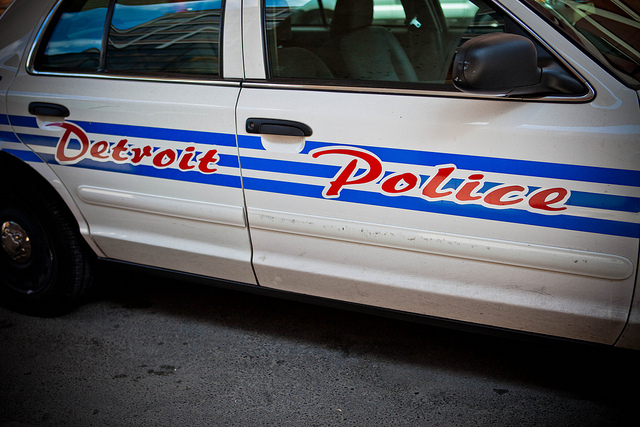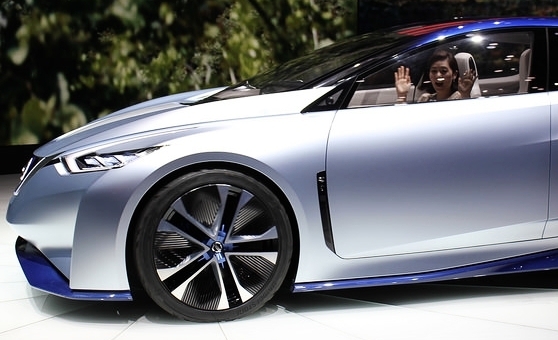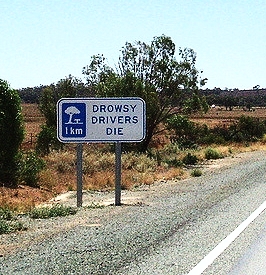As students across Michigan return to classes for the new school year, drivers are sure to notice an increased number of school buses on the road. School buses are an excellent mode of transportation for students. In fact, riding a bus is safer than walking or driving a family vehicle. More so, according to the National Highway Traffic Safety Administration (NHTSA), students are 70x more likely to get to school safely when taking a bus as opposed to traveling in a car. The reason for this level of safety may be due to how school buses are designed. First, the bright yellow color of a school bus makes it highly visible. Then, the equipped flashing lights, cross-view mirrors, and stop-sign arms, not to mention protective seating inside the bus, also help to keep students safe.
In addition to these design elements, there are traffic laws put in place that also keep school buses safe on the road. However, the traffic laws that drivers must follow when driving near a school bus can be a source of confusion, and not following these laws properly may lead to a school bus crash on the road or a pedestrian car crash at a student crossing. According to the NHSTA, more school-age pedestrians are killed during the hour before or after school than any other time of day, largely due to drivers not stopping when they are near school buses. Data published by the NHSTA shows that 1,353 people were killed in accidents involving school buses between 2003 and 2014. Of those who died, 71% were not on the school bus but were were traveling in other vehicles, such as sedans and SUVs.
School bus traffic laws can be confusing, but the Michigan State Police has offers the following recommendations to help drivers avoid becoming involved in school bus car crashes.
School Bus Safety Tips for Drivers
Prepare to stop when a slowing bus has its overhead yellow lights flashing.
Stop at least 20 feet away for buses when red lights are flashing, unless driving in the opposite direction on a divided highway.
Slow down in or near school and residential areas.
Look for clues-such as safety patrols, crossing guards, bicycles, and playgrounds-that indicate children might be in the area.
Watch for children between parked cars and other objects.
- School buses are like traffic signals:
- When overhead lights are flashing yellow: Prepare to stop.
- When overhead lights are flashing red: Stop.
- When hazard warning lights are flashing: Proceed with caution.
School Bus Safety Tips for Students
- Always stay in sight of the bus driver.
- Don't hurry off the bus; check traffic first.
- Don't go back to the bus after exiting.
As the NHSTA notes, the greatest risk does not come from riding the bus, but from approaching or leaving one. While following these tips cannot guarantee bus accidents won't happen, they may help keep both students and drivers safe by reducing the number of injuries and deaths from school bus accidents.
Stopping for school buses is the law, but this law is not always followed. Not stopping for school buses may result in injury or death for those who are on the school bus, those who are traveling in other vehicles, and even pedestrians. If you or someone you know has been the victim of a school bus crash or any type of bus accident, call The Michigan Law Firm PLLC at 844.4MI.FIRM for a free legal consultation. Our firm is experienced in handling personal injury and motor vehicle accident cases.









































